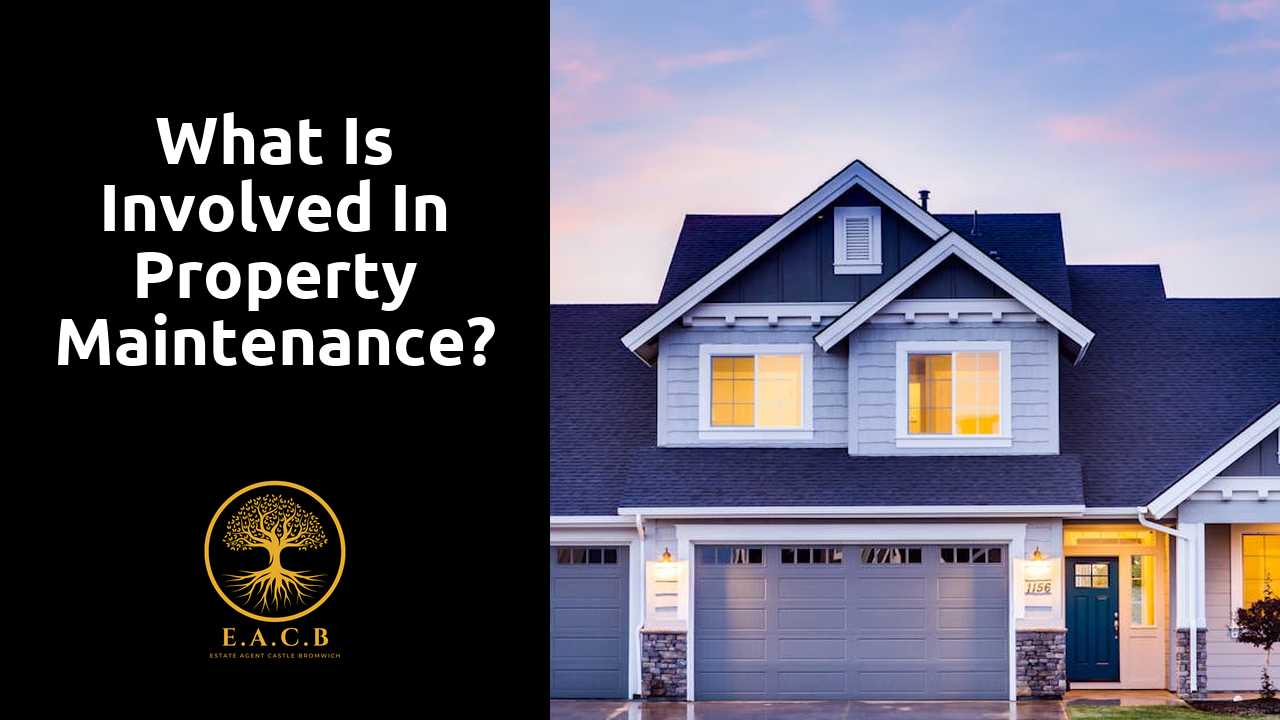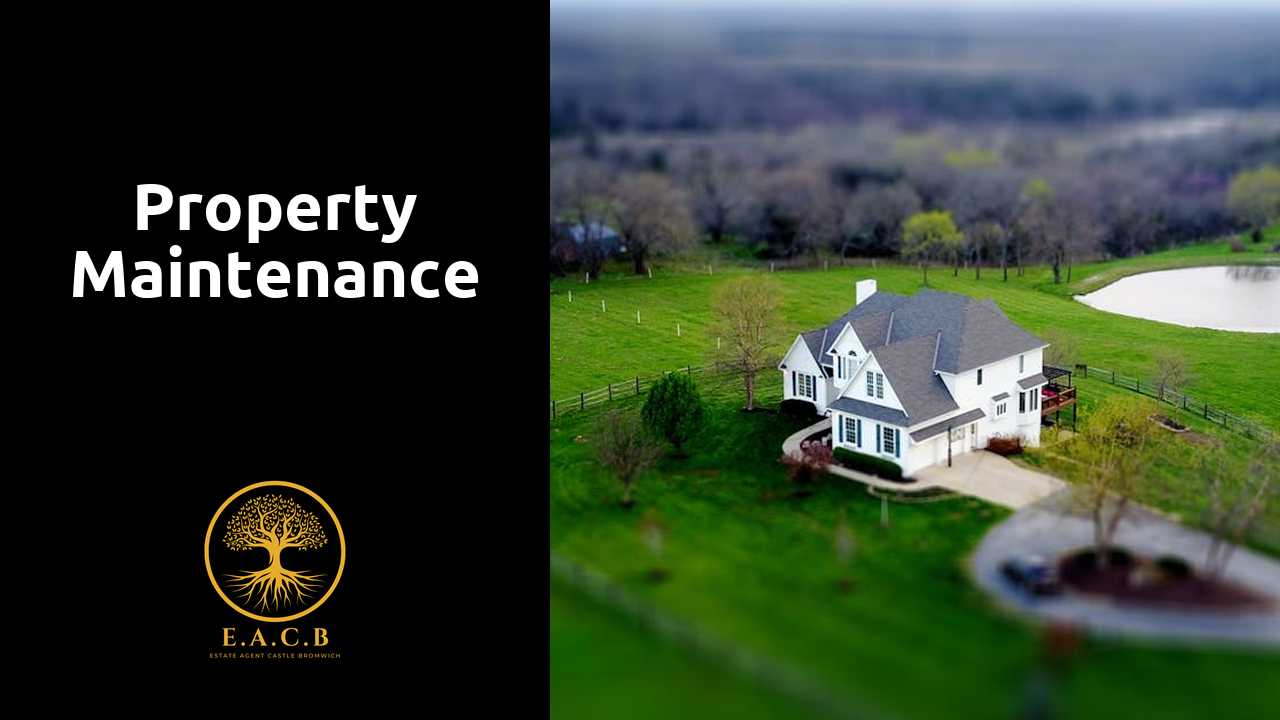
Seasonal Maintenance Activities
Seasonal maintenance activities are crucial for the preservation and functionality of a property. Spring and autumn often require tasks such as gutter cleaning, window washing, and roof inspections. These activities help prevent water damage and ensure that drainage systems are working efficiently. Additionally, preparing landscapes for the changing seasons can enhance curb appeal and prevent potential hazards like falling branches in winter.
Preparing for summer and winter involves specific considerations in property maintenance. In summer, air conditioning units should be serviced, and outdoor spaces ought to be cleared of debris and maintained for optimal use. In winter, insulation should be checked and heating systems serviced to ensure efficiency during colder months. These seasonal tasks are essential not only for comfort but also for extending the longevity of various property components.
Preparing for Summer and Winter
As the seasons change, so do the needs of a property. In summer, property maintenance focuses on tasks such as checking air conditioning systems, inspecting roofs for any damage from storms, and ensuring that gardens are well-tended. Regularly cleaning gutters prevents water damage, while ensuring outdoor spaces are safe and enjoyable can involve maintaining swimming pools and patios. These steps are vital to prepare for potential heatwaves or thunderstorms typical of the season.
Winter brings distinct challenges that require specific attention in property maintenance. Insulation checks become essential to prevent heat loss and protect pipes from freezing. Clearing pathways of snow and ice is critical for safety, while gutters must be assessed to handle the increased rainfall that winter often brings. Preparing heating systems for cold weather reduces the risk of breakdowns and ensures comfortable living conditions throughout the season.
Legal Considerations in Property Maintenance
Property maintenance encompasses various legal responsibilities that property owners and managers must adhere to in order to ensure safety and compliance. These responsibilities often include maintaining the structural integrity of the building, ensuring that all electrical and plumbing systems meet regulations, and addressing any potential hazards. Regular inspections help identify issues before they escalate into legal liabilities. Property maintenance cannot overlook the importance of maintaining common areas, which must be safe and accessible to all residents or tenants.
In addition to structural and safety obligations, property maintenance must also comply with local health and safety regulations. This involves conducting risk assessments to identify potential dangers and implementing measures to mitigate these risks. Failure to comply with regulations can result in fines or legal action, emphasising the need for thorough documentation and proactive maintenance practices. Understanding these legal considerations allows property owners to protect their investments while ensuring a safe living environment for their tenants or clients.
Compliance with Health and Safety Regulations
Compliance with health and safety regulations is paramount in property maintenance. Property owners and managers must ensure their premises meet all legal health and safety requirements to protect tenants, visitors, and staff. This includes conducting regular risk assessments, identifying potential hazards, and implementing appropriate measures to mitigate these risks. Regular inspections of facilities, equipment, and systems are crucial in maintaining a safe environment.
Furthermore, adherence to regulations is not merely about avoiding penalties; it also fosters a culture of safety and accountability. Ensuring that contractors and maintenance personnel are trained in health and safety standards is vital. Documentation related to safety practices and compliance should be meticulously maintained, as this transparency contributes to overall property management effectiveness and can improve tenant satisfaction.
Budgeting for Property Maintenance
Effective budgeting for property maintenance requires a clear understanding of both immediate and long-term costs. Regular upkeep may involve routine inspections, repairs, and replacements that can easily accumulate over time. Property owners should keep a detailed record of all maintenance activities and associated costs to predict future expenses more accurately. This proactive approach enables the allocation of sufficient funds, ensuring that issues are addressed promptly before they escalate into more significant problems.
Allocating resources effectively involves prioritising tasks based on urgency and potential impact on the property's value. Seasonal assessments can help identify specific needs, allowing owners to set aside budgets for critical maintenance during peak times. By categorising maintenance into essential repairs, preventive measures, and discretionary improvements, property management can navigate fiscal challenges more efficiently, ensuring that each aspect of property maintenance receives appropriate attention and funding.
Allocating Resources Effectively
Effective resource allocation for property maintenance requires a strategic approach. Prioritising tasks based on urgency and importance can streamline efforts. Consider investing in preventative maintenance to reduce long-term costs and increase the lifespan of property assets. This proactive stance not only addresses potential issues before they escalate but also optimises the overall maintenance budget.
Monitoring and analysing the effectiveness of allocated resources is essential for continuous improvement. Keeping track of expenditures related to property maintenance will help identify areas where efficiency can be enhanced. Engaging with skilled professionals can ensure that each task is managed effectively, thereby maintaining the quality and value of the property. Proper assessment of both human and financial resources contributes to a well-maintained environment.
FAQS
What are the key seasonal maintenance activities for properties?
Key seasonal maintenance activities include inspecting and servicing heating systems before winter, checking air conditioning units before summer, cleaning gutters in the autumn, and maintaining landscaping during spring.
Why is it important to prepare properties for summer and winter?
Preparing properties for summer and winter is crucial to ensure comfort and efficiency, prevent property damage, and reduce energy costs. Proper preparation helps in prolonging the lifespan of systems and avoiding costly repairs later.
What legal considerations should property owners keep in mind for maintenance?
Property owners should comply with health and safety regulations, ensure that all maintenance work meets local building codes, and be aware of tenant rights regarding property upkeep if renting.
How can property owners ensure compliance with health and safety regulations?
Property owners can ensure compliance by staying informed about local laws and regulations, conducting regular inspections, and hiring qualified professionals for maintenance tasks that require expertise.
What should be considered when budgeting for property maintenance?
When budgeting for property maintenance, consider the costs of routine inspections, emergency repairs, seasonal tasks, and long-term improvements. It's also important to allocate funds for unexpected issues that may arise.


